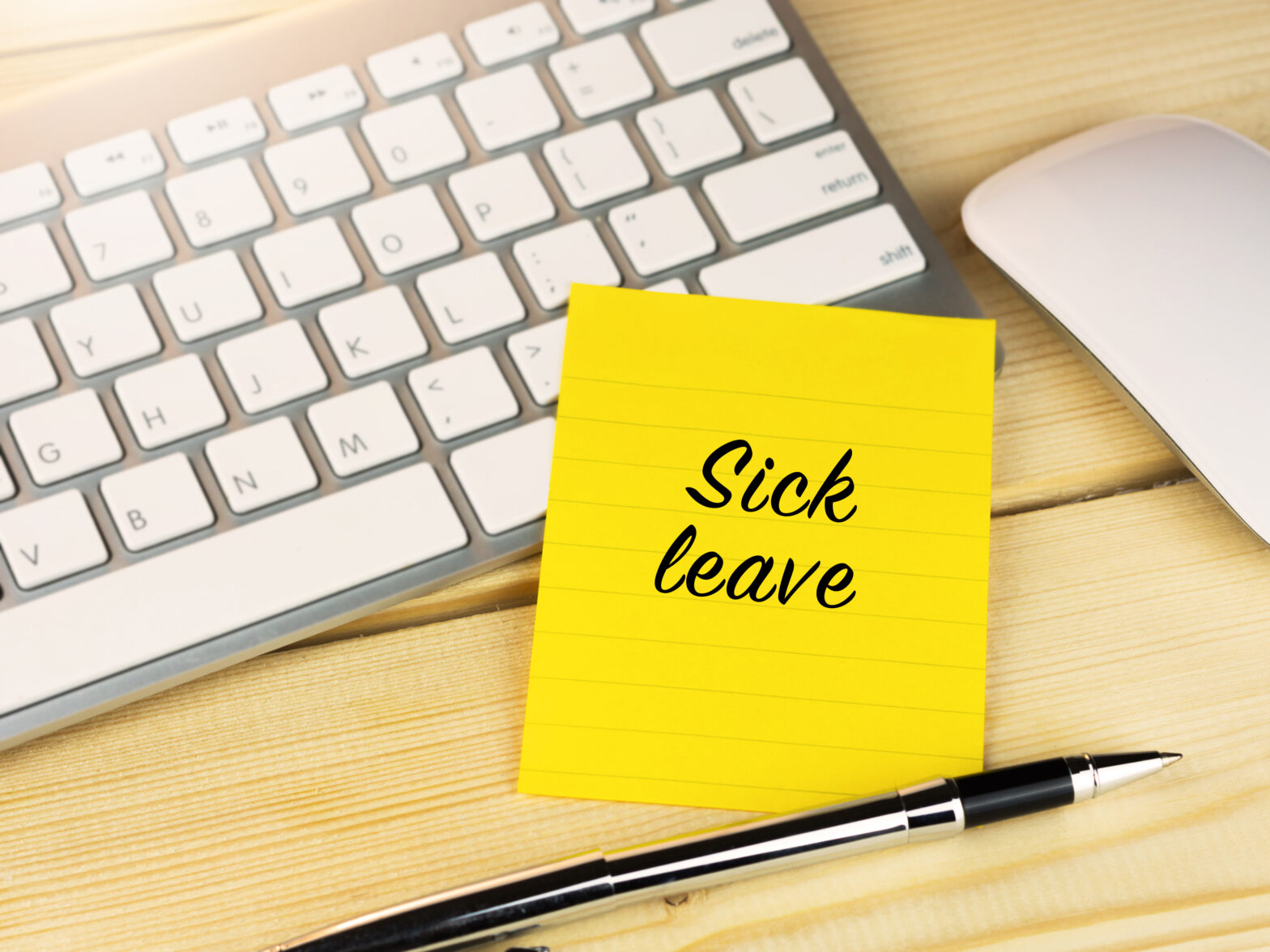2017 is the year that National Sickie Day and Blue Monday officially bit the dust. Instead, statistics released by the ELAS Group show a new trend for increased absence on Mondays throughout the year, with January, November and December being the months employers should watch out for.
The absence rate on Mondays remains almost double that of Fridays (23.5 per cent compared to 13.2 per cent), in a survey of 9,700 employees at 81 companies across the UK. With the exception of Tuesday 3rd Jan (the day with the highest absence rate in the first half of the year), all other days in the top ten fell on a Monday. May had two bank holidays which explains why it was the only month where Tuesdays had a higher absence rate.
Employees are most likely to call in sick between 7-8am, with 7am on Monday 11th Dec coming in as the hour with the highest number of sick calls. It’s important to note that this date had the highest overall absence rate out of the year and was the day on which the UK saw widespread snow. Almost a quarter of all absences on Monday 11th December were due to the snow (22 per cent); it’s also the reason why December clocked up the highest average absence rate despite the festive period.
April is, once again, the healthiest month with the fewest number of absences, both in total and when you look at the average rate per week.
National Sickie Day fell on 6th Feb this year which did not even rank in the top ten days with the highest absence rates – whether this is due to publicity surrounding the day leaving employees feeling that they need to make more of an effort to come into work or better absence management policies in place meaning people are less likely to pull a sickie, we don’t know. Whatever the reason, this can only be good news for employers.
Top ten highest absences:
1. Mon 11th Dec *snow
2. Mon 2nd Oct
3. Tues 3rd Jan
4. Mon 20th Nov
5. Mon 27th Nov
6. Mon 30th Oct
7. Mon 9th Jan
8. Mon 23rd Jan
9. Mon 25th Sept
10. Mon 13th Nov
Top ten times to call in:
1. 7am – Mon 11th Dec *snow
2. 7am – Mon 6th Feb *Nat’l Sickie Day
3. 7am – Mon 2nd Oct
4. 6am – Mon 27th Nov
5. 7am – Mon 20th March
6. 7am – Mon 25th Sept
7. 7am – Mon 30th Oct
8. 7am – Mon 20th Nov
9. 7am – Mon 13th Nov
10. 7am – Mon 9th Jan
=10. 7am – Mon 27th Nov
Enrique Garcia is an employment law consultant for ELAS. He says, ‘The statistics don’t lie. Ten years later we’re able to see that times have moved on and National Sickie Day as we know it is no more. There is, however, a developing trend showing for increased absence rates on Mondays which remains consistent throughout the year. Our absence management specialists first picked up on this shift in 2016 and now our 2017 statistics have again highlighted it.
‘Of course genuine absences cannot be helped. It’s impossible to tell whether or not it’s purely coincidental that the absence rate on Mondays is so high or if people are taking advantage and looking to extend their weekend but employers need to be aware of this growing trend. Frequent absenteeism, or sickies, is a problem that costs the UK economy approximately £73 billion a year.
‘Systems such as the Bradford Factor are particularly useful as they heavily weight against frequency of absence. This means that they don’t punish genuine sickness absences but rather short, frequent absenteeism. It also helps identify any patterns of absence e.g. someone who calls in sick regularly on a Monday or after pay day.
‘We’ve heard some outrageous excuses for absence over the years and, once again, 2017 didn’t disappoint. As incredulous as some of these excuses sound, they are all real calls that were taken by our ELAS consultants in the last year.’
Top ten worst excuses for missing work in 2017:
- 1. I have to move house today and only found out last night
- 2. I’ve broken my fingernail and my finger is sore
- 3. My daughter has booked for me to go to the Emmerdale set today as a Christmas gift
- 4. There’s a mouse in my kitchen, I’m terrified of it and have to find a way to get it out
- 5. I fell off a stepladder while getting boxes out of the loft and injured my arm. I could have broken the fall but didn’t want to damage the Christmas decorations
- 6. I’m unable to come to work today as the sun is making me feel sick
- 7. My dog has heatstroke
- 8. I’ve got indigestion
- 9. I’m too sunburnt
- 10. I went to a wedding over the weekend and am still too hung-over / I’m still drunk
Enrique Garcia continues, ‘It is acceptable to challenge employees on their reasons for or levels of absence, especially if you identify a pattern that may lead you to believe these absences are not caused by genuine sickness. Whilst the employer whose employee called in as they were still drunk should be grateful that they didn’t drive to work under the influence, they should probably have a word with them about priorities, responsibilities and expectations when it comes to attendance.
‘Employers should ensure that they have robust return to work procedures in place, part of which should be discussing in detail the reason for absence. Should a health issue be suggested, the employer could follow up by seeking to obtain a medical report; this will reveal whether or not the employee is properly addressing any underlying medical condition. Notes from all return to work meetings should be retained in case they need to be referred back to at future meetings with the same employee.’





